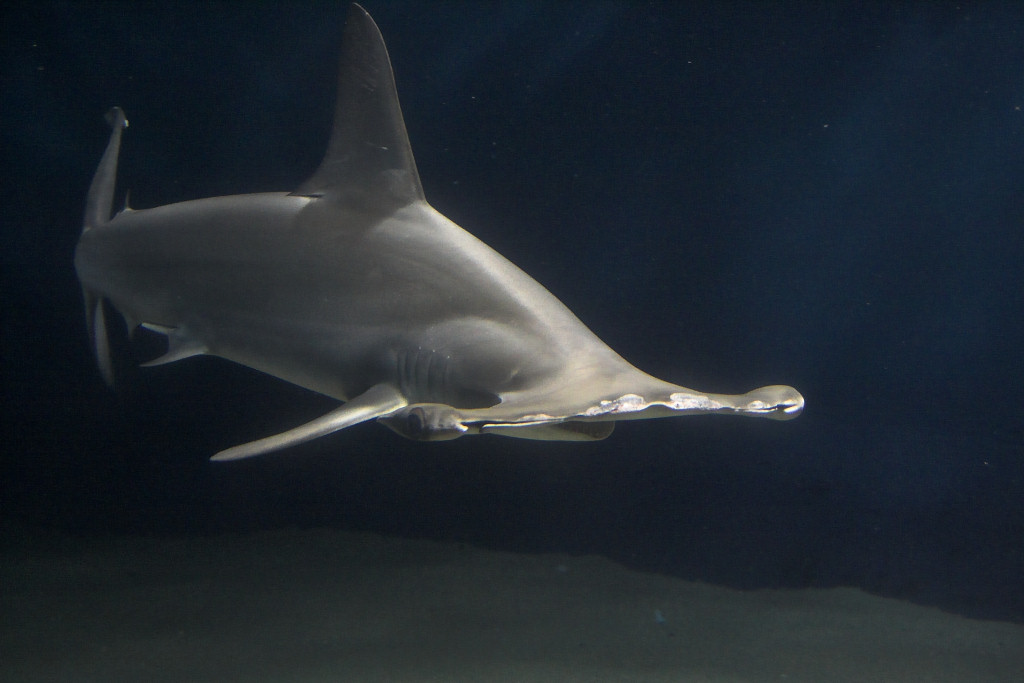Rewilding the seas typically involves restoring and protecting marine ecosystems to their natural state, promoting biodiversity, and allowing for the recovery of marine species and habitats. Let us explore some methods on how seas are being rewilded!
How are seas being rewilded?
Marine Protected Area: Establishing protected areas where human activities such as fishing or mining are restricted or prohibited. MPAs help conserve biodiversity, protect critical habitats, and allow fish populations to recover. Specifically, protected areas, if planned properly, is a catalyst for landscapes being rewilded!
Habitat Restoration: Rehabilitating damaged or degraded marine habitats, such as coral reefs, seagrass beds, and mangrove forests. Restoration efforts aim to create favorable conditions for the recovery of native species and improve overall ecosystem health.
Fisheries Management: Implementing sustainable fishing practices, such as setting catch limits, controlling bycatch (unintentional catch of non-target species), and enforcing regulations to prevent overfishing. Well-managed fisheries help maintain balanced ecosystems and ensure the long-term viability of fish populations.
Reintroduction of Species: Reintroducing or reintegrating locally extinct or depleted marine species back into their natural habitats. This can involve captive breeding programs or the translocation of individuals to suitable areas where they can thrive.
Ecological Research and Monitoring: Conducting scientific studies to better understand marine ecosystems, including population dynamics, habitat requirements, and the impacts of human activities. Monitoring programs help assess the effectiveness of conservation efforts and guide adaptive management strategies.
Some Examples of Seas being rewilded
It’s worth noting that specific rewilding initiatives and projects can vary significantly depending on the region, the species involved, and the specific conservation goals. Ongoing research and collaboration among scientists, policymakers, and local communities are crucial for successful marine rewilding endeavors.
One notable case study of rewilding the seas is the reintroduction of sea otters in the North Pacific Ocean. Sea otters are a keystone species that play a crucial role in maintaining the health and biodiversity of coastal ecosystems.
In the early 20th century, sea otter populations were severely depleted due to extensive hunting for their fur. By the 1970s, they were nearly extinct in many regions, including parts of Alaska, Canada, and California. Recognizing the ecological importance of sea otters, efforts were made to reintroduce them to their historic range.
In the 1960s and 1970s, small populations of sea otters were relocated from areas where they still persisted, such as Alaska’s Aleutian Islands, to areas where they had gone locally extinct, like the coast of California. These reintroduction efforts aimed to restore the balance in nearshore ecosystems by allowing sea otters to resume their natural ecological roles.

The Benefits of Sea Otter Reintroduction
Control of Sea Urchin Populations: Sea otters are a natural predator of sea urchins. In areas where sea otters were absent, sea urchin populations boomed, leading to overgrazing of kelp forests. Reintroducing sea otters helped control sea urchin numbers, allowing kelp forests to recover.
Restoration of Kelp Forests: With the return of sea otters, the grazing pressure on kelp diminished, allowing kelp forests to flourish once again. Moreover, kelp forests provide essential habitat for numerous species, including fish, invertebrates, and marine mammals.
Enhanced Biodiversity: The recovery of kelp forests created a more diverse and productive ecosystem. Increased kelp cover attracted a variety of fish species, which, in turn, supported other marine life, such as seabirds and marine mammals.
Carbon Sequestration: Kelp forests are highly efficient at capturing and storing carbon dioxide from the atmosphere. Therefore, the restoration of kelp forests through sea otter reintroduction contributes to mitigating climate change by sequestering significant amounts of carbon.
Conclusion
Although the reintroduction of sea otters has been successful in many areas, it is an ongoing process, and challenges remain. Moreover, sea otters face threats such as pollution, habitat degradation, and conflicts with fisheries. However, the case study of sea otter reintroduction highlights the potential for rewilding efforts to restore and enhance marine ecosystems by reintroducing key species and reestablishing ecological processes.
It’s important to note that rewilding the seas is a complex and context-dependent process, and each case study will have unique challenges and outcomes. Ongoing research and adaptive management are crucial for the success of rewilding initiatives in marine environments.
Help us Help Them! Think Wildlife Foundation is a non profit organization with various conservation initiatives. Our most prominent campaign is our Caring for Pari initiative. Pari is a rehabilitated elephant at the Wildlife SoS Hospital. 25% of the profits from our store are donated to the elephant hospital for Pari. Other than buying our wonderful merchandise, you could donate directly to our Caring For Pari fundraiser.
Written by: Aditi Dave
